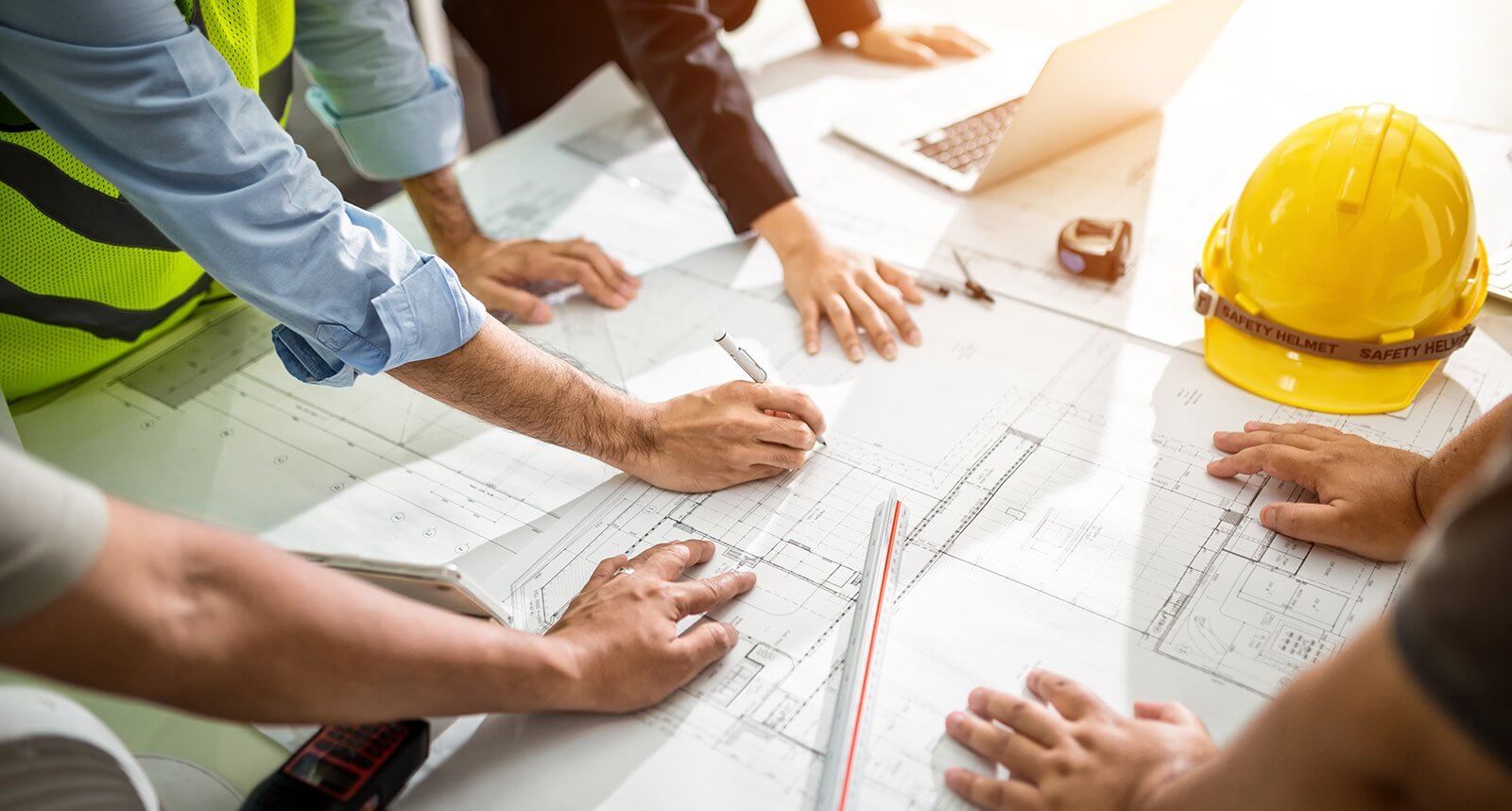by Jeffrey C Kadlowec, Architect
Abstract
Lean thinking and sustainability are shaping the future of the construction industry. Many of the lessons learned and implemented in the manufacturing sector have begun to enhance building design and performance, while reducing waste and controlling costs. Just-in-time production, off-site fabrication, and construction automation are emerging as modern methods and new technologies become integrated into the entire process. Building information modeling (BIM) has the potential to create circular economies that benefit communities on the local level, further improving overall prosperity.
Keywords: lean construction, cost control, quality improvement

Lean Construction
Recent growth in construction industry requires new means and methods to remain profitable. Lean construction (LC) has emerged from the manufacturing sector as one solution for increasing productivity, quality and value. The integrated system is focused on enhancing efficiency by optimizing operations while reducing wastes and controlling costs [Varshini 2024]. Traditional construction processes generate excessive amounts of waste due to inadequate planning and lack of training or experience. Organizations should be restructured organizations and new procedures implemented throughout the project-related hierarchy to harness more human aspects.
Lean thinking (LT) is a ‘focus on processes in their entirety and seeks to optimize them holistically’ [Varshini 2024]. Management must take an active role in this practice which relies on effective decision-making and promotes these principles throughout the industry. Spreading awareness of LT improves the adoption rate, allowing for more adaptation. Implementation of LC techniques further emphasized the importance of the human aspects and a team approach towards this growing dynamic. The challenge lies in overcoming barriers of cultural resistance, governmental constraints, and organizational support required for the transformation.
Just-in-time (JIT) delivery benefits the manufacturing industry by providing proper materials in the correct quantities at the appropriate stage of production to reduce waste and maximize value [Bamana 2019]. Incorporating JIT into the construction process will improve schedule management, allow for greater utilization prefabrication methods, and minimize requirements for on-site storage. The interdependent nature of construction work requires enough stock on-site to prevent potential delays. Proper management of material inventories will reduce costs of storage, insurance, and potential for theft.
The architecture, engineering and construction (AEC) remains fragmented and resistant towards embracing innovation from traditional processes. New tools, technologies, operations, and business models are constantly being developed to improve productivity. Off-site construction (OC) and construction automation (CA) bring advantages gained in manufacturing to the construction industry [Brissi 2022]. Preassembled and prefabricated components can be transported and installed, or erected on-site. Modeling simulations, digitization and virtualization, sensing technology, robotic systems, and artificial intelligence are emerging technologies. Lean construction principles and building information modeling (BIM) are becoming central to enhancing design, construction and operations while improving in scheduling, productivity, and safety.
On-site factories and circular economy (CE) are two ideas developed from LT and the sustainability movement. Long distances between factories and construction sites present an obvious disadvantage. Disruptions in this supply chain will cause project delays, loss of productivity, and continue to negatively impact the environment. Implementing prefabrication on or near the job site would cut costs and emissions, reduce lead times and sunk costs, and employ local labor and infrastructure [Rosarius 2021]. The construction sector continues to overuse resources and creates large amounts of waste. Concepts from CE are intended to offset or counter these negative factors. Reducing, reusing and recycling industry byproducts, and ‘restoration by design’—which aims to maintain utility and value of buildings— are ways of obtaining those goals [Benachio 2021].
Societal pressure and health organizations are bringing about a paradigm shifts throughout the AEC industry. Sustainability is becoming especially important to designers, developers and the public [Faria 2023]. The Leadership in Energy and Environmental Design (LEED) Green Building Rating System provides guidelines and metrics for this growing trend. Utilization of BIM allows for integrated design and data analysis. LC principles promote continuous improvement to reduce waste and increase value. Implementation of these tools and techniques aid in strategic planning and critical decision-making, leading towards long-term prosperity.
References
Bamana, Flora; Lehoux, Nadia & Cloutier, Caroline. (2019). Simulation of a Construction Project: Assessing Impact of Just-in-Time and Lean Principles. Journal of Construction Engineering Management. 145(5). 10.1061/(ASCE)CO.1943-7862.0001654.
Benachio, Gabriel; Freitas, Maria do Carmo & Tavares, Sergio. (2021). Interactions Between Lean Construction Principles and Circular Economy Practices for the Construction Industry. American Society of Civil Engineers. 10.1061/(ASCE)CO.1943-7862-0002082.
Brissi, Sara Gusmao; Chong, Oscar Wong; Debs, Luciana & Zhang, Jiansong. (2022). A Review on the Interactions of Robotic Systems and Lean Principles in Offsite Construction. Engineering, Construction and Architectural Management. 29(1): 383-406. 10.1108/ECAM-10-2020-0609.
Faria, Pedro; Sotelino, Elisa; Travassos do Carmo, Cristiano & Nascimento, Daniel. (2023). Evaluating Construction Projects’ Alternatives Using Lean Construction and Sustainability Principles in an Information Model Framework. Sustainability 2023. 10.3390/su15231617.
Rosarius, Anton & García de Soto, Borja. (2021). On-site Factories to Support Lean Principles and Industrialized Construction. Organization, Technology and Management in Construction. 2021(13). 10.2478/otmcj-2021-0004.
Varshini, D. (2024). A Review of Organizational Adaptation of Lean Construction Techniques. Journal of Housing and Advancement in Interior Design. 7(1). 10.5281/zenodo.10516498.



